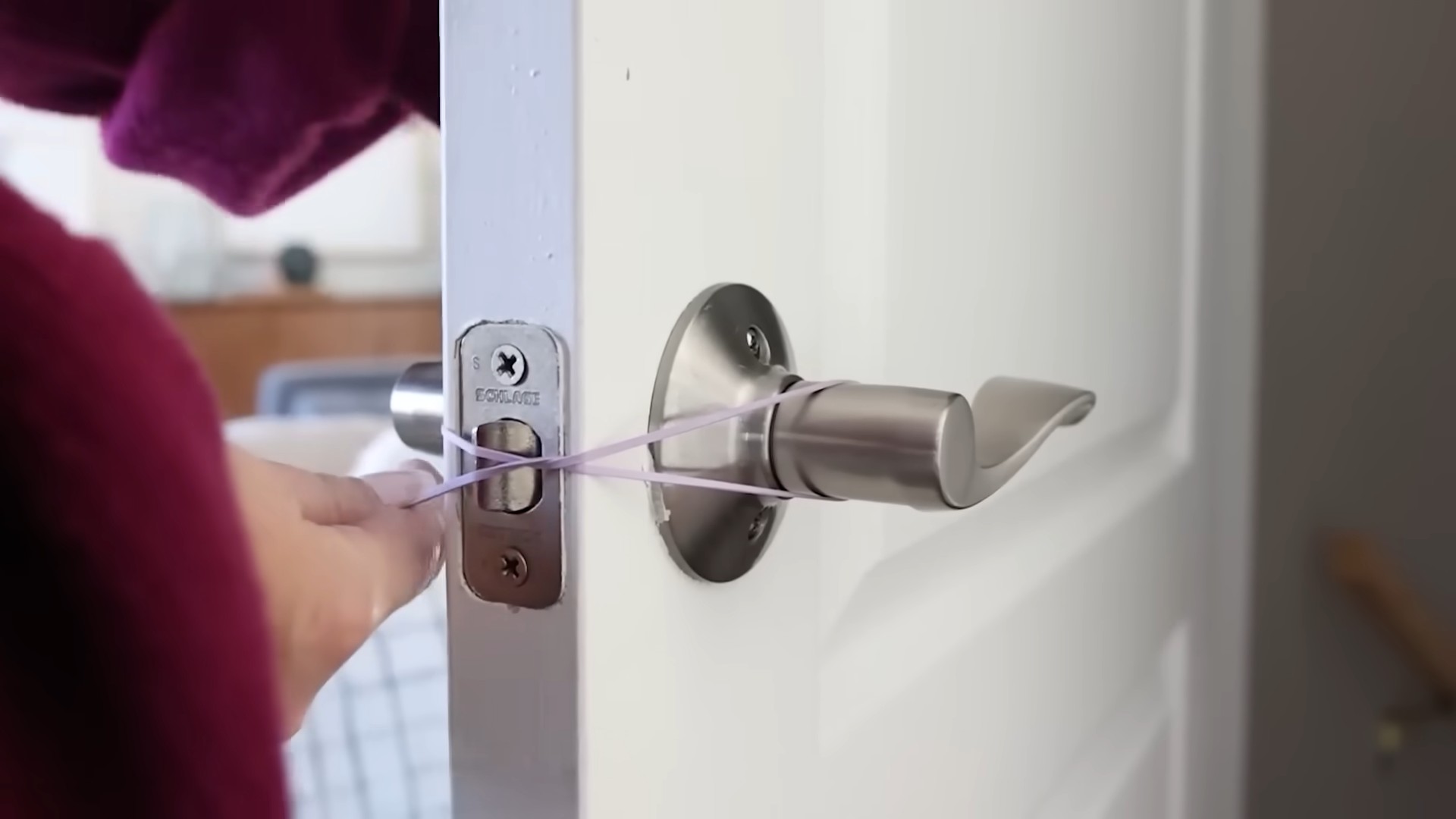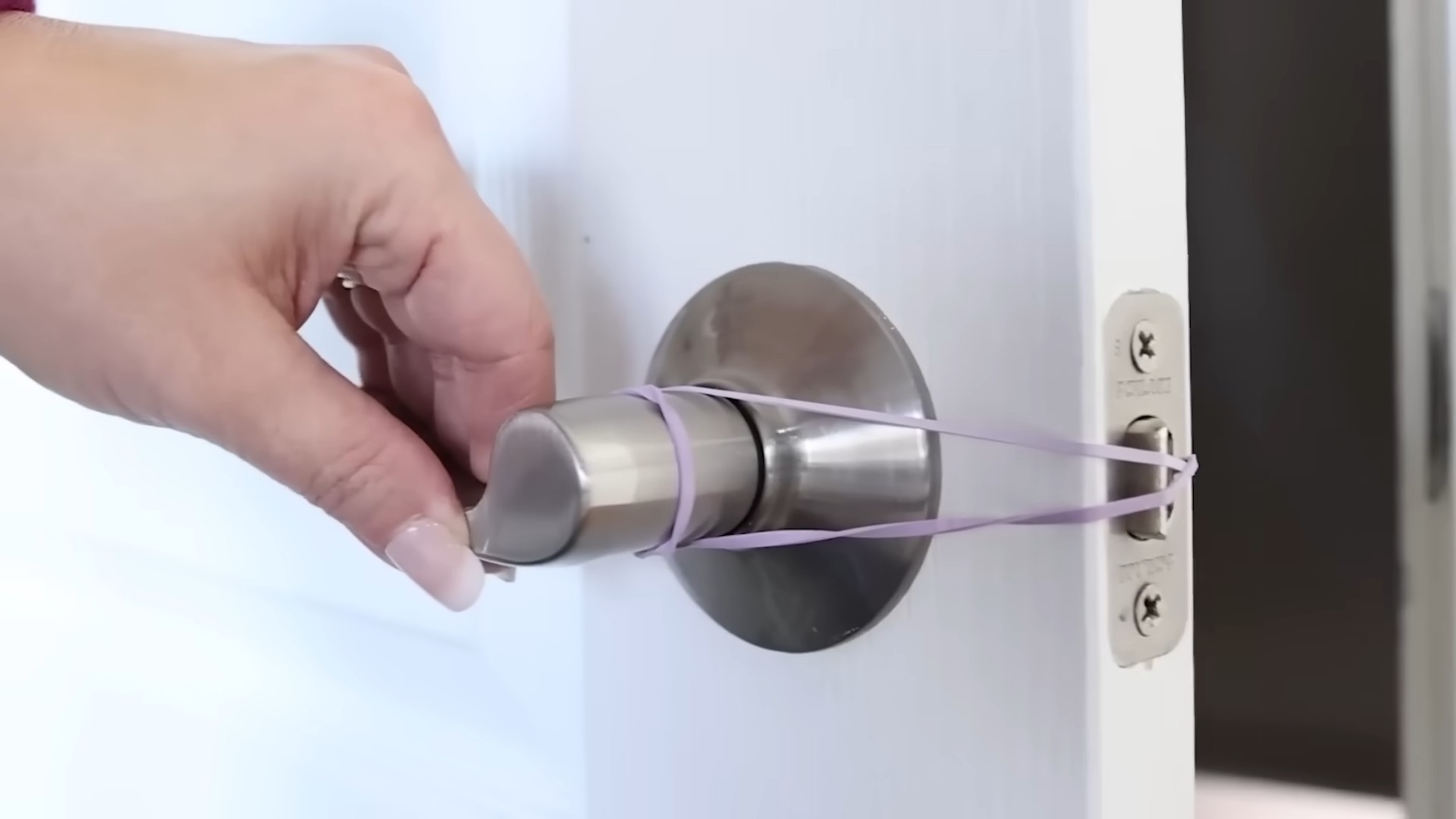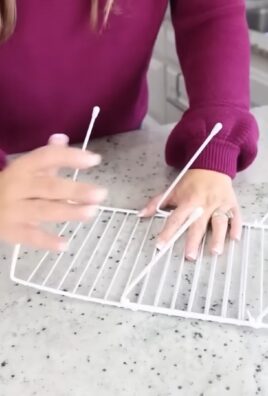Rubber Band Crafts: Unleash Your Inner Artist with Simple DIY Projects
Rubber bands! Those humble little circles of elasticity hold so much more potential than just securing packages. I’ve always been fascinated by how something so commonplace can be transformed into something truly beautiful and unique, and that’s exactly what we’ll explore today with our exciting dive into Rubber Band Crafts. From childhood memories of making makeshift bracelets to the intricate artistry now possible, rubber bands offer a surprisingly versatile medium for creative expression.
The history of rubber band crafts is surprisingly rich, though often undocumented. While the precise origins are difficult to pinpoint, the use of rubber bands for crafting likely emerged alongside the widespread availability of rubber itself. Think about it – a readily accessible, inexpensive, and endlessly adaptable material! It’s no wonder they’ve become a staple in homes and classrooms worldwide.
Why should you care about learning these Rubber Band Crafts? Well, for starters, they’re incredibly budget-friendly! You probably already have a stash of rubber bands lying around. Secondly, they’re perfect for all ages and skill levels. Whether you’re a seasoned crafter or a complete beginner, you’ll find projects here to challenge and delight you. And finally, there’s something incredibly satisfying about transforming something ordinary into something extraordinary. It’s a fantastic way to relieve stress, boost creativity, and even create unique gifts for friends and family.
So, grab your rubber bands (and maybe a few other simple supplies!), and let’s unlock the amazing potential of these often-overlooked crafting essentials. Get ready to be amazed by what you can create with these simple Rubber Band Crafts!

Building a Custom Bookshelf from Reclaimed Wood
I love the look of reclaimed wood, and I’ve always wanted a unique bookshelf. So, I decided to build my own! This project took a bit of time, but the result is a beautiful, one-of-a-kind piece of furniture that I’m incredibly proud of. Here’s how I did it:
Gathering Your Materials
- Reclaimed wood planks (I used about 10, varying in width and length – aim for a mix of interesting textures and colors!)
- Wood glue
- Wood screws (various lengths, depending on plank thickness)
- Wood filler
- Sandpaper (various grits, starting with coarser and moving to finer)
- Wood stain (your choice of color – I went with a dark walnut)
- Polyurethane sealant (to protect the finish)
- Measuring tape
- Level
- Drill with drill bits (matching your screw sizes)
- Safety glasses
- Work gloves
- Putty knife
- Brushes (for stain and sealant)
- Clamps (to hold planks together while the glue dries)
Preparing the Reclaimed Wood
1. Clean the planks: Before you start, give your reclaimed wood a good cleaning. I used a stiff brush to remove loose dirt and debris. For stubborn grime, a pressure washer can be helpful, but be gentle to avoid damaging the wood. Let them dry completely.
2. Assess and cut: Lay out your planks to visualize your bookshelf design. You’ll likely need to cut some planks to size to create the desired shelf lengths and heights. Use a saw (circular saw or hand saw, depending on your comfort level and the wood’s thickness) to make precise cuts. Remember to wear safety glasses!
3. Sanding is key: This is where the real work begins! Sand each plank thoroughly, starting with a coarser grit sandpaper (around 80 grit) to remove any rough spots or splinters. Gradually move to finer grits (120, then 220) for a smooth finish. Sanding takes time, but it’s crucial for a professional-looking result. Pay special attention to the edges.
Assembling the Bookshelf
1. Building the frame: I decided on a simple, rectangular frame for my bookshelf. Choose your four longest planks for the frame. Apply wood glue to the ends of the planks where they will meet to form the corners. Then, secure the joints with wood screws, pre-drilling pilot holes to prevent the wood from splitting. Use clamps to hold everything firmly in place while the glue dries. This is important for a strong and stable structure.
2. Adding the shelves: Once the frame is dry and secure, it’s time to add the shelves. Measure and cut your remaining planks to the desired shelf lengths. Position the shelves inside the frame, ensuring they are level and evenly spaced. Again, use wood glue and screws to attach them to the frame. Pre-drilling pilot holes is essential here to avoid splitting the wood. Use clamps to hold everything securely while the glue dries.
3. Filling gaps and imperfections: Reclaimed wood often has imperfections – knots, cracks, and variations in color. Embrace these characteristics! However, you might want to fill any significant gaps or holes with wood filler. Apply the filler with a putty knife, let it dry completely, and then sand it smooth.
Finishing Touches
1. Applying the stain: Once everything is dry and sanded smooth, it’s time to apply the stain. I used a dark walnut stain, but you can choose any color that suits your style. Follow the manufacturer’s instructions for application. Apply thin, even coats, allowing each coat to dry completely before applying the next. You might need two or three coats for a rich, even color.
2. Sealing the wood: After the stain has dried, apply a polyurethane sealant to protect the wood and enhance its durability. Again, follow the manufacturer’s instructions. Apply thin, even coats, allowing each coat to dry completely before applying the next. Two coats are usually sufficient.
3. Final inspection and placement: Once the sealant is dry, carefully inspect your bookshelf for any imperfections. If needed, do some light sanding and reapply the sealant. Finally, place your beautiful, custom-built bookshelf in its new home and start filling it with your favorite books!
Tips for Success:
- Take your time. This project requires patience and attention to detail.
- Use high-quality materials. Investing in good wood and tools will make a difference in the final product.
- Don’t be afraid to experiment. Reclaimed wood is unique, so embrace its imperfections and let your creativity shine.
- Safety first! Always wear safety glasses and gloves when working with power tools.
Troubleshooting:
- Uneven shelves: Use a level to ensure your shelves are perfectly level before securing them.
- Splitting wood: Always pre-drill pilot holes before screwing into the wood, especially when working with reclaimed wood, which can be more brittle.
- Uneven stain application: Apply thin, even coats of stain, allowing each coat to dry completely before applying the next.

Conclusion
So there you have it! A comprehensive guide to unleashing your creativity with the surprisingly versatile rubber band. From simple bracelets to intricate sculptures, the possibilities are truly endless. This DIY trick isn’t just about crafting; it’s about embracing resourcefulness, exploring your imagination, and experiencing the satisfaction of creating something beautiful from humble materials. The beauty of rubber band crafts lies in their accessibility. You likely already have the primary material at home, and the tools required are minimal, making it a perfect activity for all ages and skill levels. Whether you’re looking for a fun weekend project, a captivating classroom activity, or a unique way to express your artistic side, rubber band crafts offer a rewarding and engaging experience. The techniques outlined in this guide provide a solid foundation, but remember, the most important ingredient is your own creativity. Don’t be afraid to experiment, to deviate from the instructions, and to let your imagination run wild. The results might surprise you!
We encourage you to try out these rubber band crafts and discover the joy of transforming simple rubber bands into stunning creations. Share your finished projects with us on social media – we’d love to see what you come up with! Perhaps you’ll even inspire others to embark on their own rubber band crafting journey. Remember, the key is to have fun and let your creativity flow. This isn’t just about making something; it’s about the process, the learning, and the sheer satisfaction of bringing your ideas to life. Embrace the challenge, embrace the creativity, and embrace the world of rubber band crafts!
Variations and Suggestions
Beyond the projects detailed in this guide, the world of rubber band crafts is vast and varied. Consider these exciting variations and suggestions to further explore the potential of this simple material:
* Advanced Weaving Techniques: Explore more complex weaving patterns to create intricate and textured designs. Online tutorials offer a wealth of inspiration for advanced rubber band weaving.
* Incorporating Other Materials: Experiment with combining rubber bands with other craft materials, such as beads, buttons, or even small toys, to add unique elements to your creations.
* Creating Functional Items: Beyond decorative items, consider creating functional objects like small organizers, keychains, or even simple slingshots (always under adult supervision).
* Thematic Crafts: Tie your rubber band creations to specific themes, such as holidays, seasons, or favorite characters. This adds a personalized touch and makes your crafts even more meaningful.
* Collaborative Projects: Engage in collaborative projects with friends or family, creating larger and more complex designs together. This fosters teamwork and shared creativity.
Frequently Asked Questions
What types of rubber bands are best for crafting?
While many types of rubber bands will work, it’s best to use high-quality rubber bands that are relatively thick and durable. Avoid using extremely thin or brittle bands, as they may break easily during the crafting process. Look for bands that are smooth and consistent in texture. Standard office rubber bands are a good starting point.
Are rubber band crafts suitable for children?
Yes, rubber band crafts are generally suitable for children, but always supervise young children closely, especially when using small parts or sharp tools. Start with simpler projects and gradually introduce more complex techniques as their skills develop. Adult supervision is crucial for safety.
How do I clean my rubber band crafts?
Most rubber band crafts can be cleaned with a damp cloth. Avoid using harsh chemicals or abrasive cleaners, as these can damage the rubber bands. For more intricate designs, gently wipe them clean with a soft cloth.
Where can I find more inspiration for rubber band crafts?
The internet is a treasure trove of inspiration! Search online for “rubber band crafts” or “rubber band weaving” to find countless tutorials, patterns, and project ideas. Platforms like YouTube and Pinterest are excellent resources for visual learners. You can also find numerous books and magazines dedicated to rubber band crafts.
What if I run out of rubber bands mid-project?
Always have extra rubber bands on hand! It’s frustrating to run out of materials in the middle of a project. Keep a stash of rubber bands in your craft supplies to avoid interruptions. You can purchase rubber bands in bulk online or at most office supply stores.
Can I use recycled rubber bands?
While it’s possible to use recycled rubber bands, ensure they are clean and in good condition. Avoid using rubber bands that are excessively stretched, brittle, or damaged, as they may break easily during crafting. Inspect each band before using it to ensure its suitability.
What are some safety precautions I should take when working with rubber bands?
Always supervise children when they are working with rubber bands. Avoid snapping rubber bands near your eyes or face. Dispose of broken or damaged rubber bands properly to prevent accidental injuries. Use appropriate tools and techniques to avoid cuts or injuries. Remember, safety is paramount when engaging in any craft activity.
Can I sell my rubber band crafts?
Yes, you can sell your rubber band crafts! Once you’ve mastered the techniques and developed your own unique style, you can explore selling your creations online or at local craft fairs. Be sure to price your items fairly, considering the time and materials involved. Remember to comply with all relevant regulations and laws regarding selling handmade goods.




Leave a Comment